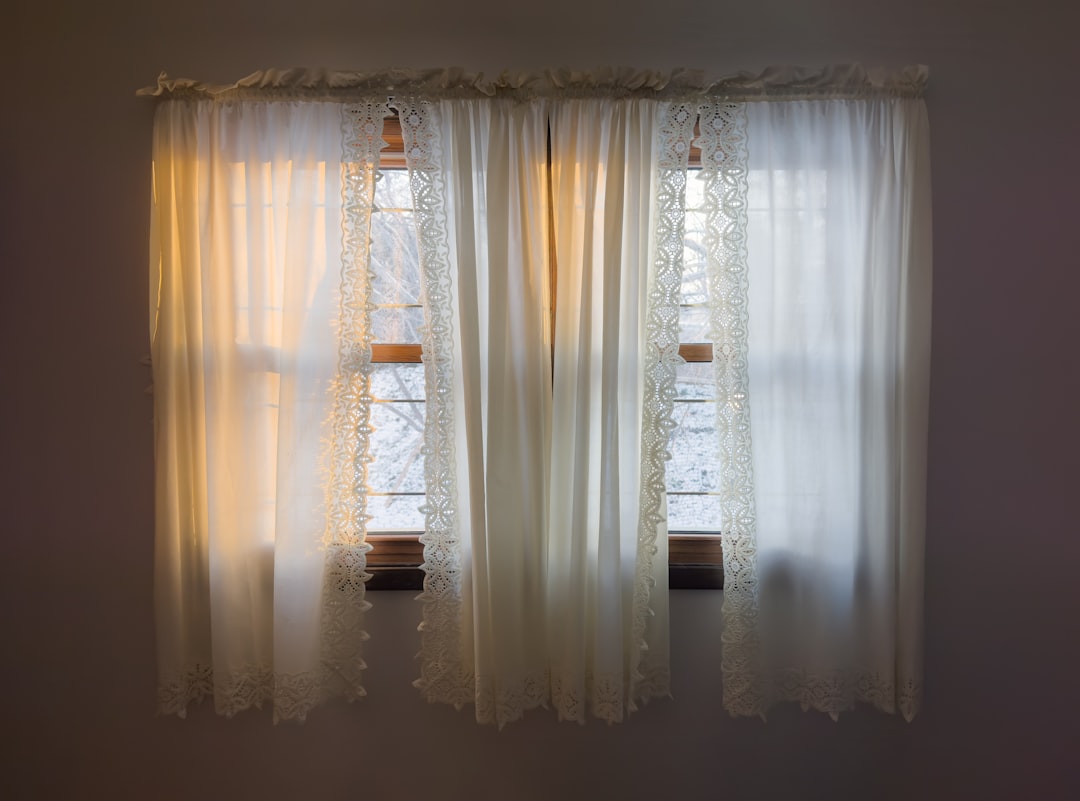
Understanding the curtain installation cost is crucial for trade professionals aiming to provide accurate quotes. Costs can range from $120-$200 for standard windows to $450-$700 for larger or motorized installations. Factors such as material selection, window size, and labor play significant roles. This guide provides a detailed breakdown of costs and strategies to streamline the process using CountBricks' advanced tools.
• Hardware: Rods, brackets, finials, center supports, and mounting anchors
• Fabric or ready-made panels: Custom drapery fabrics versus off-the-shelf curtains
• Labor: Site prep, measuring, mounting, leveling, and final dressing
• Finish carpentry extras: Window trim repairs, drywall touch-ups, paint matching
• Access equipment: Ladders or temporary scaffolds for tall ceilings
Standard 36- to 48-inch windows with mid-range hardware average $120–$200 for complete installation. Larger spans or designer fabrics can increase costs to $450–$700 per window. Historic residences may see labor costs rise by 20-30% due to special requirements.
Accurate measurements prevent costly rework. CountBricks' blueprint takeoff tool allows contractors to capture dimensions precisely, reducing returns and ensuring consistent labor budgets.
1. Pre-site consultation: 15-30 minutes
2. Hardware layout: 10 minutes per opening
3. Drilling and anchoring: 20-35 minutes per window
4. Rod and panel hanging: 15-20 minutes
5. Cleanup and client walk-through: 10 minutes
A two-person crew can complete five to seven standard windows in a typical eight-hour day. CountBricks' AI scheduler optimizes crew size and scope.
• Wooden rods: 10-15% higher cost than steel
• Steel or aluminum rods: Durable and budget-friendly
• Motorized tracks: Add $200–$350 per opening
• Decorative finials: $15–$80 each
• Blackout liners: Increase fabric cost by 20-40%
Labor rates vary by region. For example, Dallas averages $68/hour for finish carpentry, while suburban areas may see $52/hour. CountBricks updates these figures daily for accuracy.
• Drywall repair
• Repainting
• Electrical relocations
• Custom ladder rentals
• AI voice estimation reduces overhead
• Real-time material pricing prevents surprises
• Automated waste factors optimize purchases
• Change order tracking prevents budget creep
A recent project involved blackout drapery in 13 openings, resulting in a cost of $3,980—8% below budget. Real-time revisions prevented delays.
1. Open a project
2. Upload photos or blueprints
3. Review hardware and fabric suggestions
4. Approve or edit the estimate
5. Convert estimate to invoice and schedule labor
How fast can I get a quote?
Quotes are ready in under five minutes once photos are uploaded.
Can I customize hardware finishes?
Yes, with options from multiple suppliers.
Does CountBricks cover warranty?
Installations include a one-year craftsmanship warranty.
Accurate curtain installation costs account for labor, materials, and regional variations. CountBricks' AI-driven tools provide clarity and prevent overruns, ensuring a polished result. Visit CountBricks.com for more information.

• Dynamic Supplier Matching: Automatically substitutes lower prices, saving $180 on average.
• Labor Efficiency Alerts: Recommends efficient setups, saving $95 in labor on average.
• Change Order Containment: Reduces overages from 14% to 3%.
Motorization can save energy costs, with a simple ROI of under five years. CountBricks provides clear data for informed decisions.
1. Schedule a consultation
2. Upload photos or plans
3. Receive tailored cost scenarios
4. Approve and book installers
CountBricks simplifies pricing variables into actionable numbers, ensuring no surprises. Explore more at CountBricks.com.